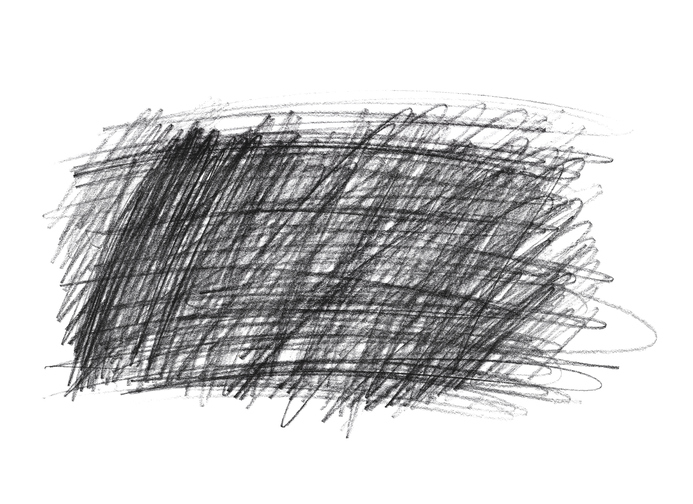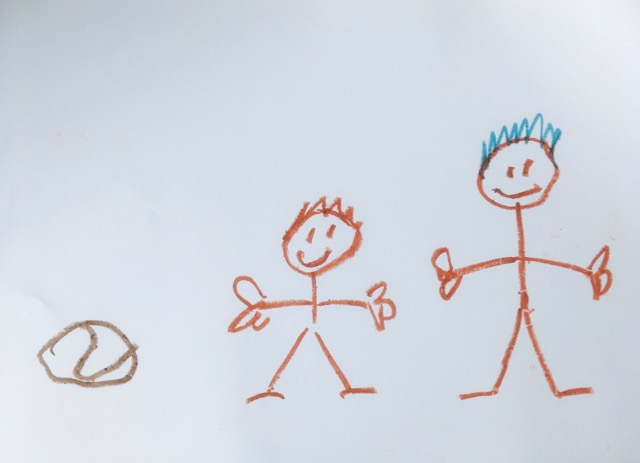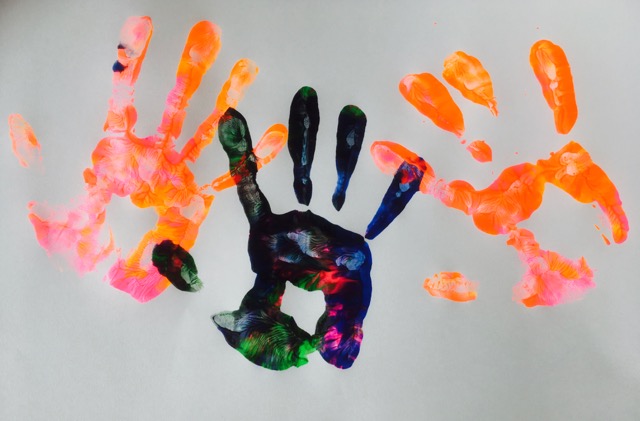Art
therapy in schools can provide
an essential service for those children who would
not have access to
services outside of school; whether there is a shortage of professional
staff, or they are on a waiting list, or the children's
families are not in a
'position' - psychological,
physical or practical - to take up the offer of a service, whose home
life may be too complex or chaotic. Art Therapists are likely to work
with children who would be classed as Tier 2 and 3 referrals in a CAMHS
setting.
Art
Therapists can help identify new strategies for managing feelings,
thoughts and behaviours at home and at school. They can build
resilience in the child and encourage and support the child, their
parents, and teachers through the process of making positive changes.
As
an early intervention, Art
Therapy can help reduce the escalation of problems for
children and
their families that can potentially lead to a
greater level of intervention into adolescence and beyond.
Art Therapy can be particularly helpful to children who may not
have the vocabulary or awareness to talk about their feelings. For
children it signals a non-confrontational intervention to what could
otherwise be a challenging experience. It is therefore suitable
for very young children and children with communication problems or
with English as a second language.
The non-confrontational approach of Art Therapy is helpful to people
where English is a second language; it provides another channel of communication. The therapist will also provide
a trained interpreter if their language is very limited.
Through listening to the parents and to the
child, their needs can be understood and the expectations of their school
explained and clarified.
ART THERAPY IN SCHOOLS CAN HELP IMPROVE BEHAVIOUR, RAISE ACHIEVEMENT,
ENCOURAGE ATTENDANCE AND HELP CHILDREN TO BETTER ACCESS THE CURRICULUM
AND 'TAKE PART MORE FULLY' IN SCHOOL LIFE.
CONTACT US FOR A FREE TASTER SESSION





